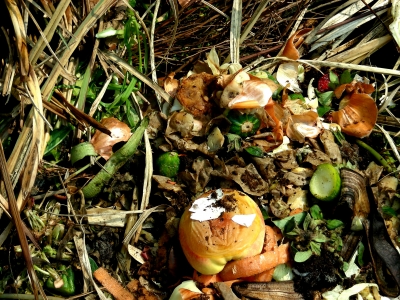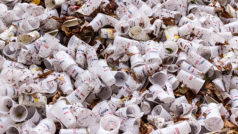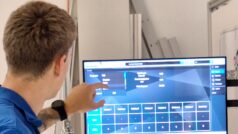Although bioeconomy and circular economy overlap to a degree, there is still much potential to make bioeconomy strategies more circular. Bioeconomy, which aims at promoting sustainable production of natural resources from biomass rather than fossil and mineral-based resources, has the potential to boost the transition to a green and sustainable society. But several obstacles still must be addressed. One of the key elements to boost circular bioeconomy strategies is biowaste. There is not only a need to increase cooperation between the different stakeholders of the biowaste chain but also to implement a better management of biowaste at local level and provide a regulatory framework fitted to the challenges. By identifying biowaste streams with high potential as resources, preventing losses, improving collection, and focusing on quality, it will be possible to make local bioeconomy strategies more circular.
Since the beginning of the month, a new BBI JU-funded1 project will help to understand the limits and opportunities of unexploited biowaste streams. For two years, BIOCIRCULARCITIES will explore the development of economically and environmentally efficient models for biowaste management to foster the transition to a circular bioeconomy. Eight partners from six countries will work together and roll-out pilot studies in three urban and rural contexts: Barcelona (Spain), Naples (Italy) and Pazardzhik (Bulgaria). Each pilot will focus on one specific value-chain and explore possibilities to make it more circular.
The BIOCIRCULARCITIES partners will identify existing best practices for circular use of bioresources across Europe and analyse case studies in which bio-waste is underexploited. Lessons learnt from these practices and insights into circular bioeconomy regulations and policy instruments will enable partners to map barriers and opportunities that will in turn feed guidelines and policy recommendations supporting the implementation of “biocircularcities” in Europe.
The collaboration of all stakeholders of the biowaste chain is essential to develop innovative and efficient solutions to circular biowaste management. Thus, BIOCIRCULARCITIES will follow a multi-actor participatory approach. It will engage the 4 segments of the “quadruple helix” (industry, science, civil society, and policy) in local living labs to build the collaborative knowledge needed to map the different perspectives about legal and market limits and potentials for developing circular bioeconomy.










